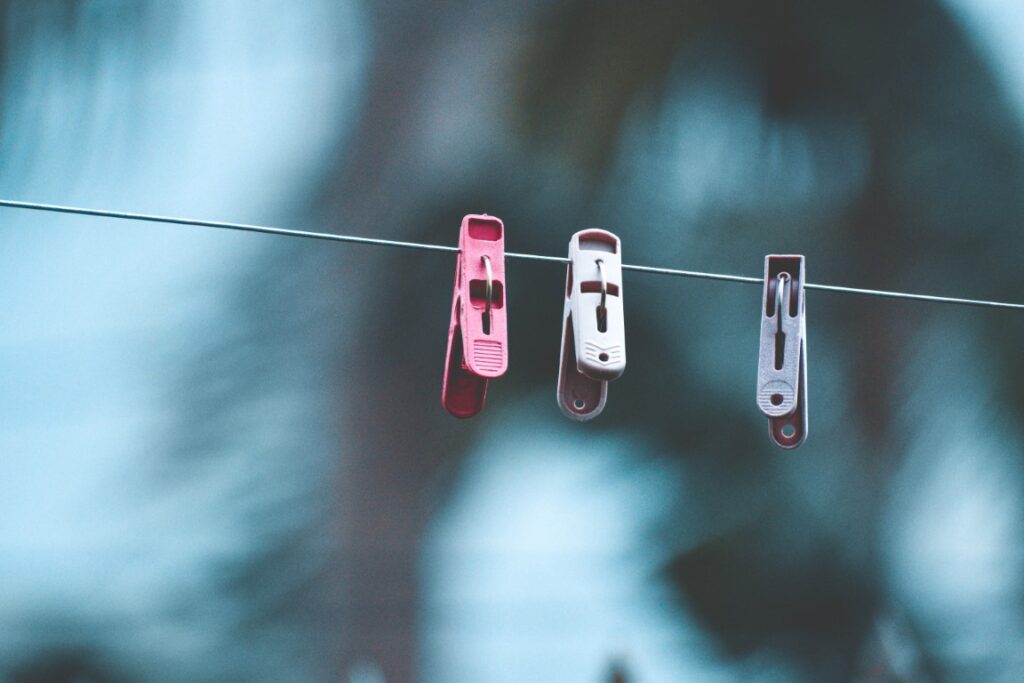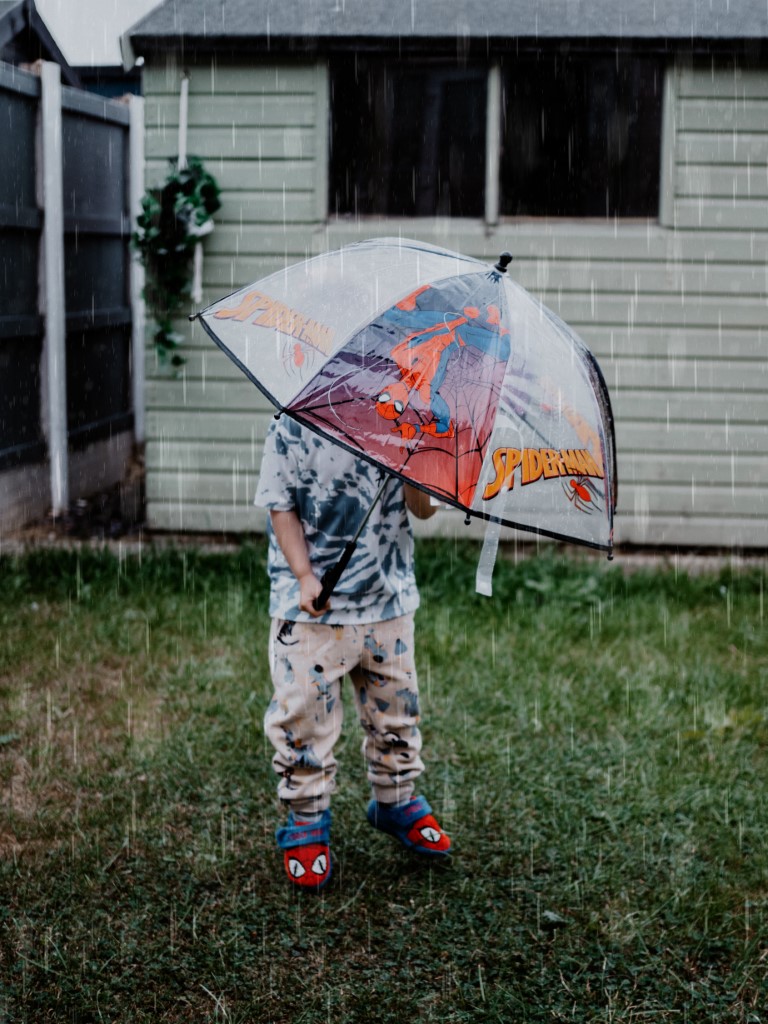- EVOLUTION OF A POEM
- THE CREATIVE PROCESS UNMASKED
- GOOD AND GREAT ARTISTS
- THE CREATIVE PROCESS UNMASKED: Part 4, Rest Time
- THE CREATIVE PROCESS, PART 5: How Confinement Can Expand Creative Expression
- CREATIVE SPARKS
- PERSPECTIVE
- WHEN “I” DOESN’T MEAN “ME”: Lesson #1 From My Latest Poem
- ART FROM REAL LIFE
- ARTIST AS WITNESS
- NOW THAT’S A POEM: Where Inspiration Comes From
It’s easy to assume that when a writer uses the first person in a poem or story, the “I” she’s referring to is herself. Not so! Well, sometimes it’s so, but more often than not the writer has made a creative choice, and there are many different reasons to decide to write something in the first person. This decision is a big part of the creative process.
Here’s an example: a poem I recently wrote with a first-person narrator. Click here to read it; I’ll wait while you do that.

What’s Real and What’s Not
OK, welcome back! Now, a number of people have told me how interested they were to read about my grandmother and the experience I described from childhood. The thing is, I had no such grandmother and no such experience. In fact, the entire back yard scene was conjured up by my imagination during a “free write” session in a poetry workshop. I saw the scene clearly in my mind and wrote it down, up to the point where the young girl is trailing after the tall, muttering old woman. Certain elements – the rooftops, the clothesline – matched my actual grandmother’s back yard. Beyond that, the key elements – the sniffing, the predictions, even the wicker basket – all made up.

I actually decided to make this a first-person narrator because first-person is the best way to give readers direct, unfiltered access to what’s going on inside a character’s head. The character herself is telling the story, not a separate narrator once removed. It’s more immediate than if I’d written “she set out to practice”, or “she learned”. Try replacing “I” with “she” when re-reading the poem, and see if you agree.
Time to Marinate
When I wrote the scene, I knew I wanted to expand it into something, but I didn’t know exactly what. So I filed the scene away and didn’t look at it again for over six months. The creative process involves a lot of marinating. I’ve written about this already in this series: draft versions take time to develop into a finished product. They benefit from being set aside for a while. In this case, when I read the scene again with the fresh eyes that six months’ distance gave me, I immediately started to wonder about how this young girl character might respond to her grandmother and this power. Which led me to the second half of the poem, and the decision to use a first-person narrator.

In the next installment of this series, I’ll write some more about the second half of the poem, as I continue to “unmask” the creative process for you. Meanwhile, remember: beware the temptation to assume that the use of “I” in a story or poem means the writer is writing about herself! It’s a choice she makes as part of the creative process.
Lee Ann